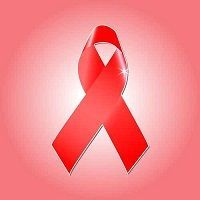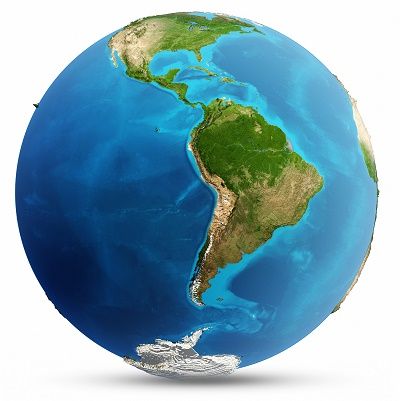Article
How HIV/AIDS Prevalence Varies by Region
Author(s):
The reality is that while many gains have been made in controlling HIV/AIDS, it continues to have a significant impact on the world, particularly in parts of Africa and Asia.

Each December, the world turns its attention to the HIV/AIDS epidemic. World AIDS Day is marked each Dec. 1, and in many countries the entire month of December is used as a time to raise awareness about the ongoing spread of the disease, and efforts to prevent, treat, and cure the disease.
The reality is that while many gains have been made in controlling the virus, it continues to have a significant impact on the world, particularly in parts of Africa and Asia.
Overall, an estimated 36.9 million people were living with HIV in 2014, up from 29.8 million people back in 2001, according to UNAIDS, the Joint United Nations Program on HIV/AIDS. On the other hand, just 1.4 million people died from AIDS last year, which is down 42% over the past decade. The data were compiled on a fact sheet from the Kaiser Family Foundation.
The overall prevalence rate is 0.8% among adults ages 15-49. And while new infections are down substantially, UNAIDS still estimates that about 5,600 people will be infected with HIV each day this, for a total of about 2 million new cases this year.
However, the problem of HIV/AIDS varies greatly by region — so much so that 70% of the world’s HIV/AIDS patients live in Sub-Saharan Africa, which has an adult prevalence rate of six times the global average. Meanwhile, in the Middle East and North Africa, only 240,000 people are believed to have HIV/AIDS, with just 22,000 new cases in 2013, the last year for which data are available.
To illustrate the disparities, we’re taking a look at the regional impact of HIV/AIDS across the world. What follows are seven capsules representing the seven major regions of the world. The regions are ordered by prevalence, starting with the region with the lowest prevalence of HIV/AIDS.
Note: The regions are based on UNAIDS regional designations. They are based not only on geography, but also on socioeconomic and development factors. Thus, North America is paired with Western Europe, for example, and Eastern Europe is paired with Central Asia.

Middle East and North Africa
Adult Prevalence Rate: 0.1%
Estimated HIV/AIDS Patient Population (2013): 240,000
Percentage of Total Global HIV/AIDS Population: <1%
New Cases in 2013: 22,000

Asia/Pacific Islands
Adult Prevalence Rate: 0.2%
Estimated HIV/AIDS Patient Population (2013): 5 million
Percentage of Total Global HIV/AIDS Population: 14%
New Cases in 2013: 340,000

Western/Central Europe and North America
Adult Prevalence Rate: 0.3%
Estimated HIV/AIDS Patient Population (2013): 2.4 million
Percentage of Total Global HIV/AIDS Population: 7%
New Cases in 2013: 85,000

Latin America
Adult Prevalence Rate: 0.4%
Estimated HIV/AIDS Patient Population (2013): 1.7 million
Percentage of Total Global HIV/AIDS Population: 5%
New Cases in 2013: 87,000

Eastern Europe/Central Asia
Adult Prevalence Rate: 0.9%
Estimated HIV/AIDS Patient Population (2013): 1.5 million
Percentage of Total Global HIV/AIDS Population: 4%
New Cases in 2013: 140,000

Caribbean
Adult Prevalence Rate: 1.1%
Estimated HIV/AIDS Patient Population (2013): 280,000
Percentage of Total Global HIV/AIDS Population: <1%
New Cases in 2013: 13,000

Sub-Saharan Africa
Adult Prevalence Rate: 4.8%
Estimated HIV/AIDS Patient Population (2013): 25.8 million
Percentage of Total Global HIV/AIDS Population: 70%
New Cases in 2013: 1.4 million
Newsletter
Stay informed and empowered with Medical Economics enewsletter, delivering expert insights, financial strategies, practice management tips and technology trends — tailored for today’s physicians.



